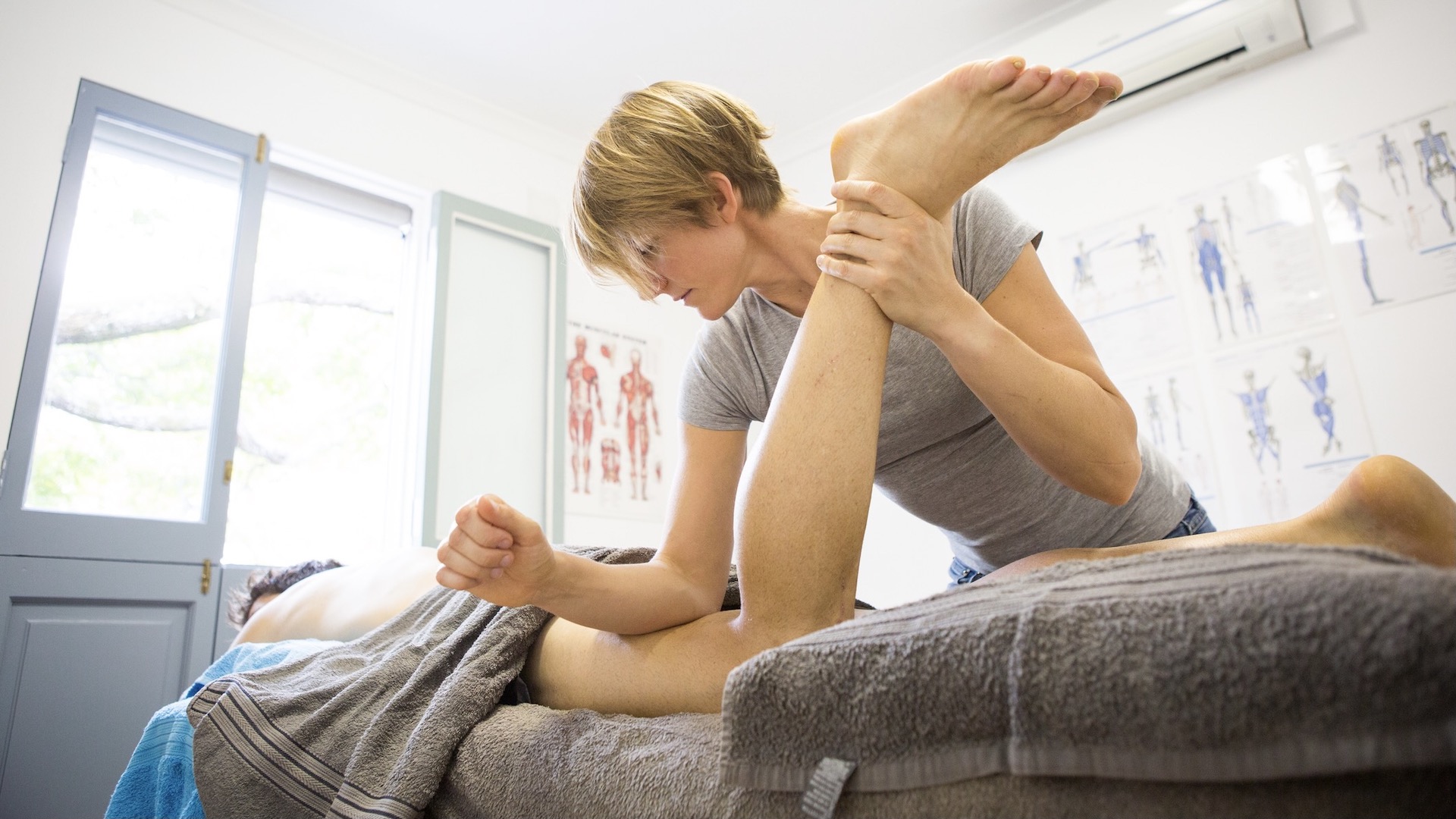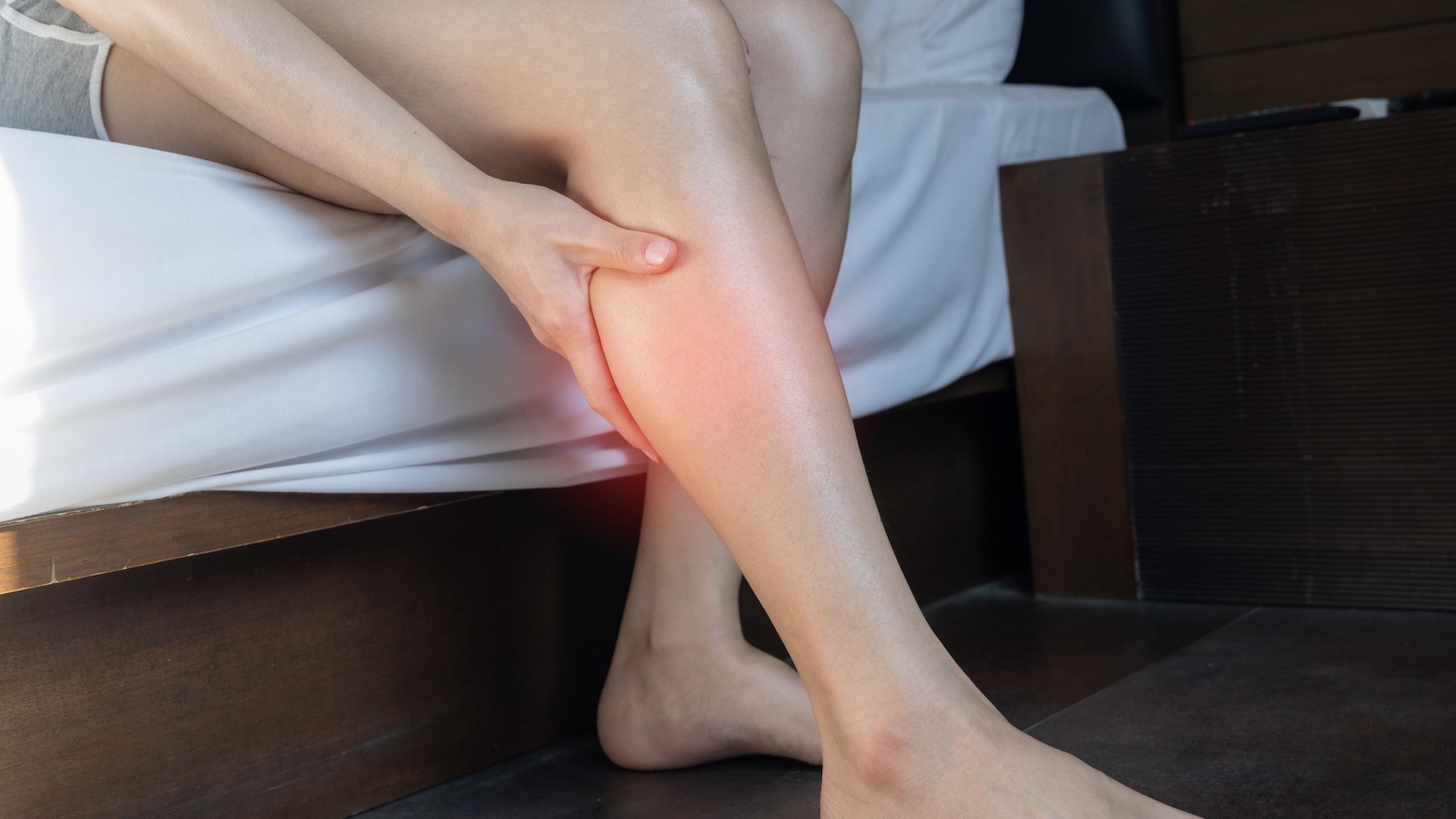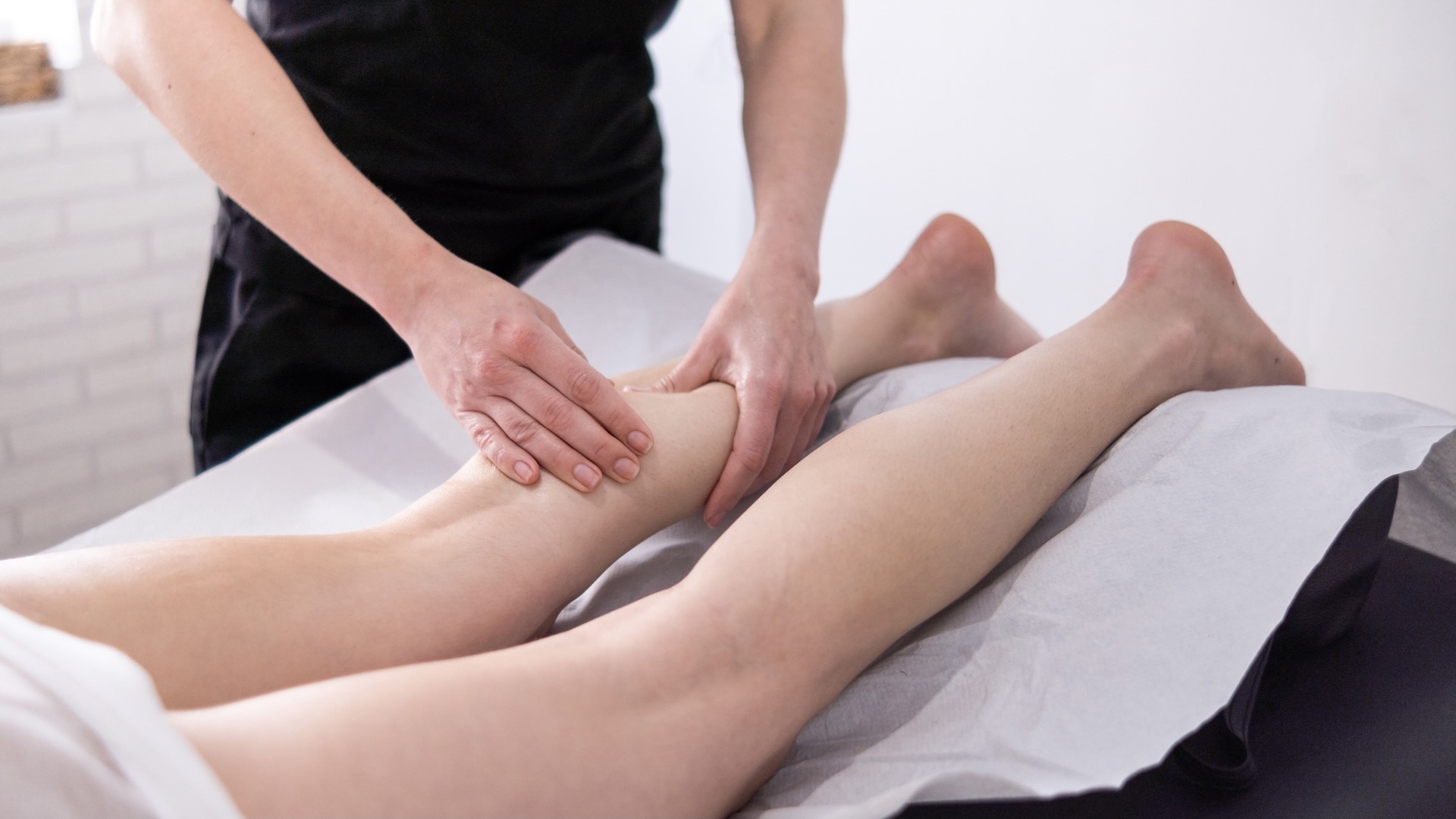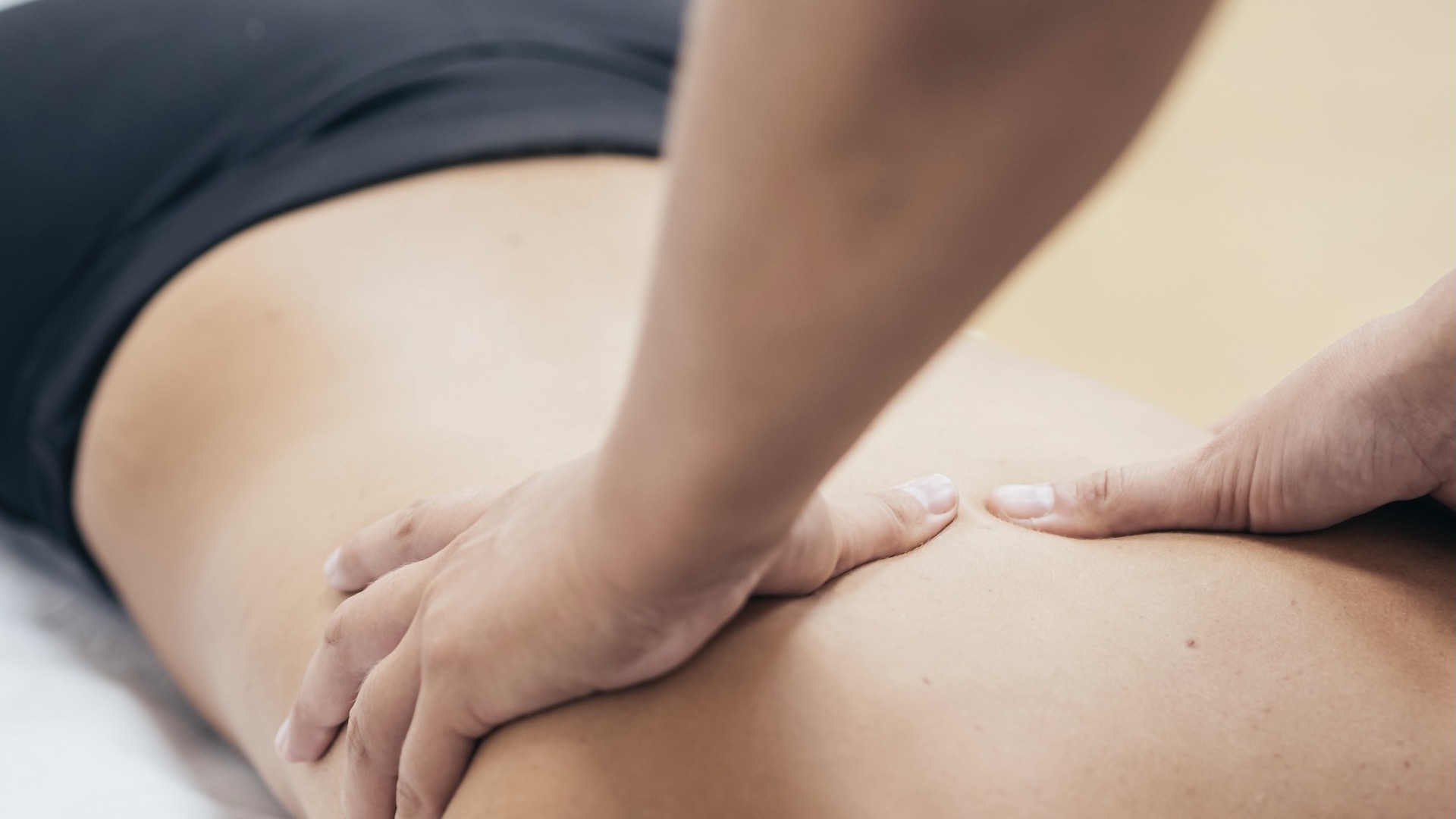Sports massage vs deep tissue massage: which is best for runners and hikers
Which of the different massage techniques should you choose for muscle maintenance, injury and recovery?

For runners and hikers, a regular massage has many benefits and the power to relieve tense and aching muscles, as well as offering mental health benefits, such as relaxation and a feeling of being reinvigorated.
Joanne Kelly, the head of soft tissue therapy at Pure Sports Medicine, says: “Whether it’s a 5k run or an ultra-marathon you are training for, massage will always be an important investment. The benefits of massage are cumulative. A regular treatment plan should be established into your training early on to achieve peak performance.”
There are a number of different types of massage available for sports people and sometimes it can be confusing to decide what to ask for and the type of masseur to approach. For example, there is a difference between a massage that focuses purely on relaxation and one that is aimed at overcoming an injury.
In particular, as a runner or hiker, you may hear the common terms, sports massage and deep tissue massage. But what is the difference between a sports massage and a deep tissue massage and a sports massage?
Joanne says: “There are several different techniques involved in massage and for people that are fairly active ‘sports’ and ‘deep tissue’ are used a lot.
“It often describes the type of pressure used but it also depends on which muscles and areas of the body are being worked on.
“It will also depend on when you receive your treatment . For example, if you have a massage before an activity or event, there will be different pressures and techniques used as opposed to having treatment after.”
All the latest inspiration, tips and guides to help you plan your next Advnture!

Benefits of massage for runners and hikers
It's a widely held belief that massage is beneficial to sports people. For example, this study assessed many pieces of research and concluded that massage can aid recovery from DOMS, as well as improving flexibility.
Joanne adds: “With any activity the benefits of massage include increased circulation, improved range of motion, encourage the removal of waste products, reduced muscle pain and tension, lowers stress levels and improves sleep.”
A deep tissue massage is the best option for relief from general pain and tension, while a sports massage is aimed at treating more specific injuries or repetitive sprains or strains in specific soft tissue and muscle areas.

Sports massage vs deep tissue massage: the similarities
Many of the techniques used in a both sports massage and deep tissue massage are the same. Both therapies will include techniques such as deep, slow strokes, kneading and circular motions that are designed to reduce muscle tension in the body.
Sports and deep tissue massage are also both more intense than massages such as Swedish or hot stones, which have more of an overall aim to relax.
However, while there are similarities between sports massage and deep tissue massage, there are also some important differences.

What is a sports massage?
A sports massage is a therapy that aims to help with the prevention of injury and also aids recovery times. This type of massage can be used before and after training, a race or challenge, as well as to treat hiking or running injuries. If it's close to an event, you should tell the therapist so they treat you appropriately.
Usually, a massage therapist will focus on the manipulation of soft connective tissue, such as tendons, ligaments and muscles, so as to reduce tension and decrease the chance of injury from running and hiking.
It might be that you ask for a massage therapist to treat a specific sports related issue, such as tight calves or hamstrings, or torn muscles. The aim is to relieve pain and to promote the healing process.
It’s likely that a sports massage will focus on a specific area for treatment, such as the legs or back, as identified by the runner or hiker.
What is a deep tissue massage?
A massage therapist will focus on treating tension in the muscles by removing knots and easing tension in the connective tissues that surround your joints and muscles. A therapist will aim to work deeper than the surface to relieve troublesome spots.
A full body deep tissue massage targets the deeper muscle layers using a firm and sustained pressure. The aim of the deep tissue technique is to encourage blood flow to the connective tissues to release tension in tight muscles.
Runners and hikers might opt for a deep tissue massage because it will cover the whole body, rather than a specific area. It’s a way to generally release tension across the whole, body. After a deep tissue massage, you should feel more relaxed and have a sense of overall tension relief.

Sports massage versus deep tissue massage: which should I choose?
Many massage therapists can offer both sports massage and deep tissue massage and as a client you can ask for the one that will best suit your needs. It might be that one session includes both techniques.
Joanne says: “In summary, deep tissue massage is used for general aches and pains, while sports massage will be more tailored to problem areas or injuries.
“The type of massage that is more suitable should be discussed with your therapist prior to any treatment undertaken.
“The after-care following treatment is also important, for example, drinking enough water and having a bath will help reduce any soreness in areas that have been treated."
In conclusion, massage is a good idea for both runners and hikers especially as a way to prevent injury and help with recovery from your sport. You can discuss with a therapist the best form of treatment to suit your training programme, activities and aches and pains.
- Best road running shoes: lace up and hit the streets

Fiona Russell is a widely published adventure journalist and blogger, better known as Fiona Outdoors. She is based in Scotland and is an all-round outdoors enthusiast with favorite activities including trail running, mountain walking, mountain biking, road cycling, triathlon and skiing (both downhill and backcountry). Aside from her own adventures, Fiona's biggest aim is to inspire others to enjoy getting outside and exploring, especially through her writing. She is also rarely seen without a running skort! Find out more at Fiona Outdoors.
